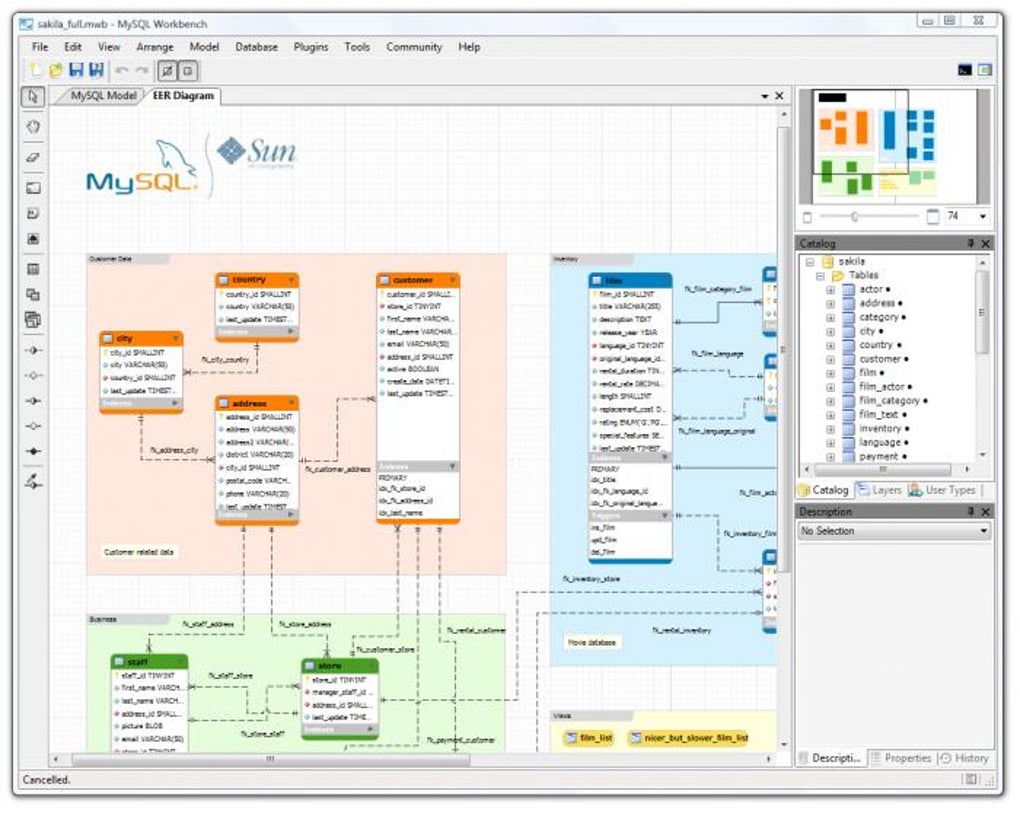

When the plan is approved, the project manager can create a baseline, which gives a snapshot of the project and allows revisions to be compared against the original plan. With the click of a button, the Auto Schedule feature uses an internal set of rules to create a schedule that takes into account task constraints, dependencies, priorities and resource constraints—automatically generating the best method for project completion. The powerful Auto Schedule feature in Open Workbench is designed to handle just this type of complexity. For large projects, scheduling can be an intricate process that balances task relationships, resource availability, and task duration. Once the project plan is created, project managers can schedule tasks with assigned resources for completion. Open Workbench enables project managers to create work breakdown structures (WBS) with tasks and milestones, set baselines, schedule project plans with dependencies, assign resources to tasks, schedule work on tasks over a period of time, adjust the schedule as actual work is recorded, link master and subprojects and schedule resources across them, and conduct earned value analysis. By using Open Workbench, these critical tasks or stages become more manageable, making projects more likely to succeed.

#Open workbench download cnet series#
Tens of thousands of project managers around the world use Open Workbench to plan and execute complex projects.Īll projects proceed through a series of tasks (or stages) during their lifecycle. It conforms to and supports the underlying ideals of project management while presenting information in a way that is intuitive and easy to learn. Open Workbench is a robust, mature tool for project scheduling and management.


 0 kommentar(er)
0 kommentar(er)
